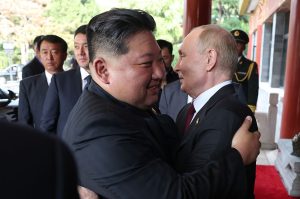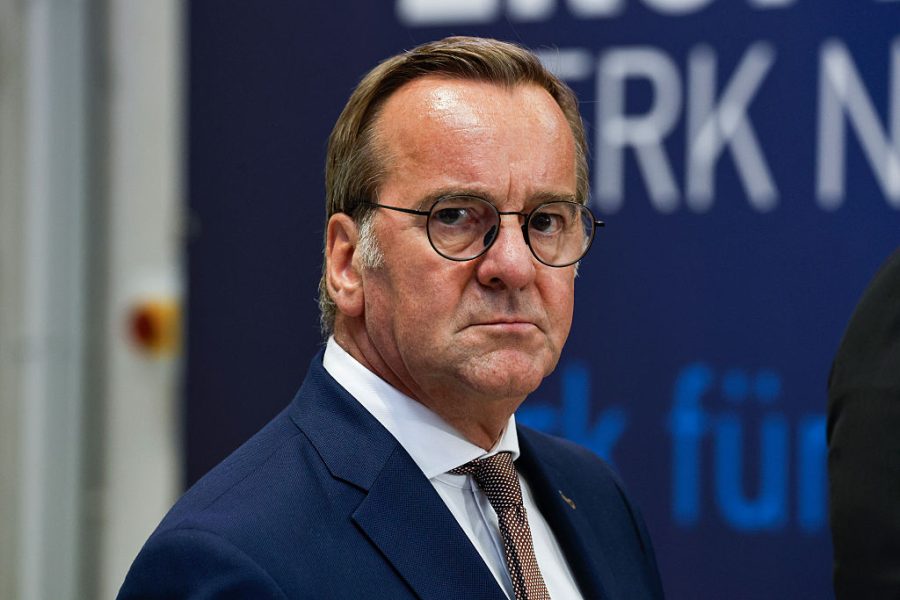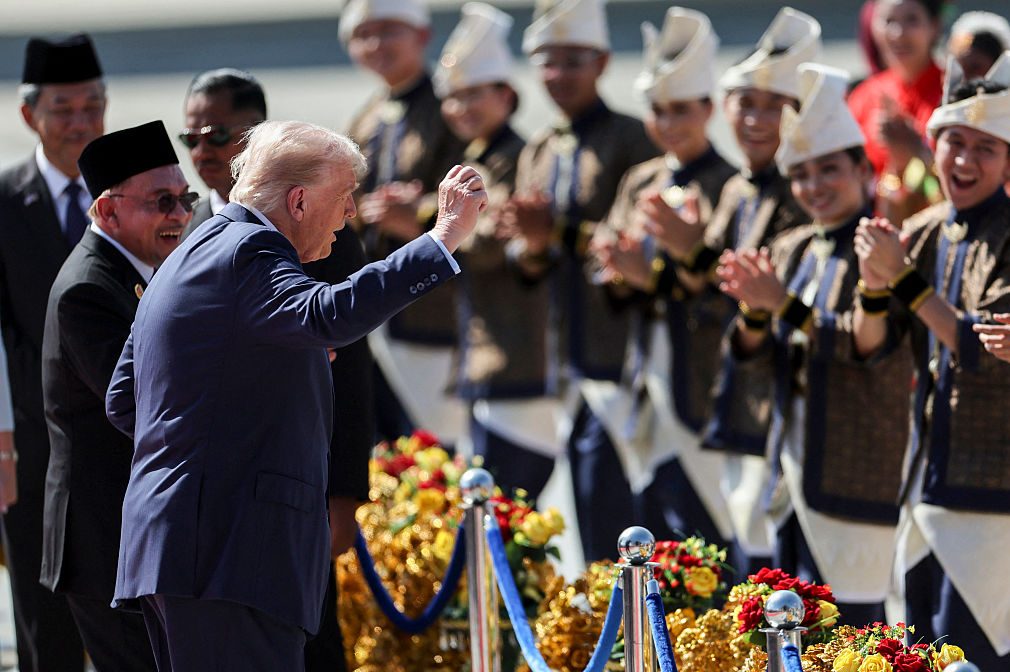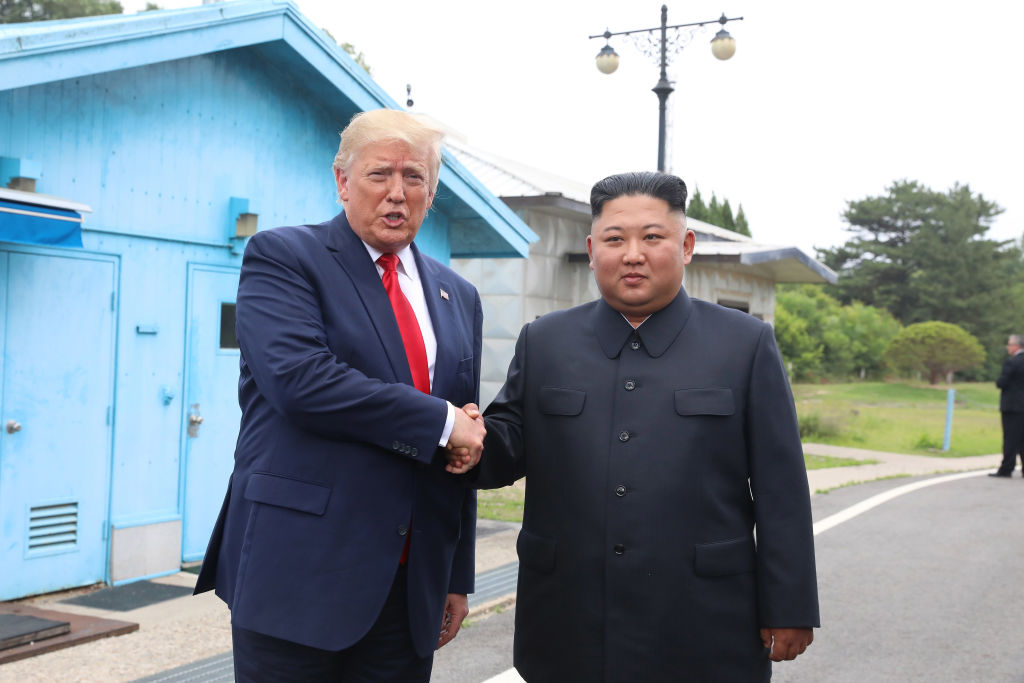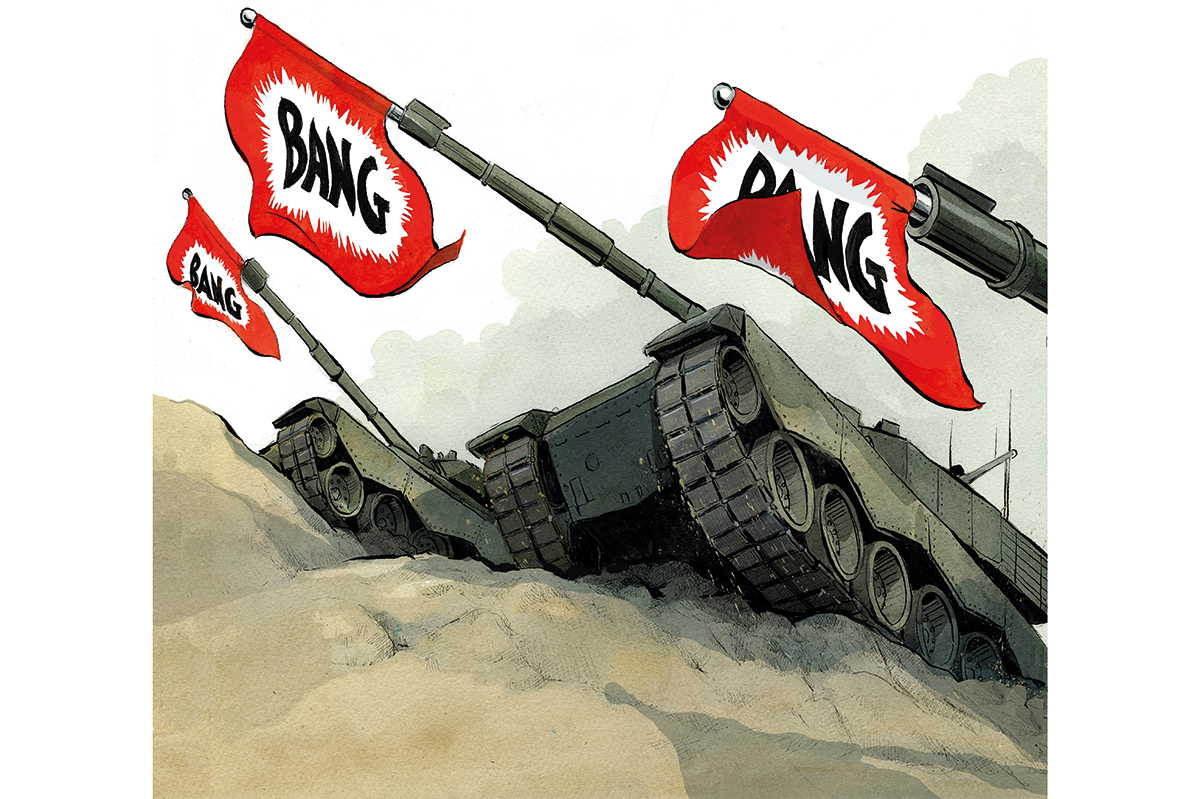Kim Jong-un is not a happy man. Only a month after he unveiled North Korea’s first 5,000-ton destroyer, another similar warship was seriously damaged as it was launched yesterday.
North Korean state media issued an unusually lengthy report following the destroyer’s failed launch, mentioning how the ship’s hull had been damaged, the “launch slide of the stern detached,” and damage to the warship’s bottom had “destroyed the [vessel’s] balance.” The exact causes of the accident remain unknown, but the warship would have required expertise to launch successfully.
In his response, Kim Jong-un lambasted the incident as a “criminal act caused by absolute carelessness [and] irresponsibility” of “relevant officials,” whom he vowed to hold accountable for their crimes. Kim then set a deadline of June for the warship to be repaired. Some of the engineers and scientists involved, whether from the North Korean Munitions Industry Department or the Mechanical Institute of the State Academy of Sciences, will – at the bare minimum – be out of work soon.
The entire incident is embarrassing for Kim Jong-un, who personally witnessed the failed launch. While North Korea’s naval forces outnumber South Korea’s, Pyongyang’s fleet is largely outdated and less technologically advanced. The gap between the two has widened since the North sunk a South Korean corvette, ROKS Cheonan, in 2010, and Seoul upgraded its fleet in response.
On the domestic front, this is by no means the first time that North Korea has admitted that its projects, military or otherwise, have gone awry. In January 2021, during the state’s Covid lockdown, Kim Jong-un announced that his five-year economic plan had failed “in almost every sector.” In May 2023, state media acknowledged a botched attempt to place a military reconnaissance satellite into orbit. And in May 2024, hours after Pyongyang had notified Seoul and Tokyo of its intention to place another satellite into orbit, state media admitted that the newly-developed rocket engine carrying the satellite had exploded mid-flight.
Such openness towards failure may seem unusual for a regime premised around lying and deception. But admitting mistakes is part of Kim Jong-un’s strategy to portray North Korea as a “normal” state to domestic audiences and to highlight the importance for North Koreans to act in line with the regime’s diktats or else face the consequences. Such rare moments of honesty also signals to international audiences that North Korea will not be deterred by setbacks.
And if you think these admissions will stop the North Korean regime from continuing to modernize its military, then think again. Pyongyang is set on responding to the joint military exercises conducted by Washington and Seoul, such as those which took place earlier this month. North Korea has long derided these exercises as “war games.”
For Kim Jong-un, strengthening the country’s navy is not solely about projecting power against North Korea’s “primary foe” of South Korea or its “hostile” enemy of the United States. Pyongyang’s desire to develop its navy is also inextricably tied with the hermit kingdom’s concern with status, domestically and internationally. It is not surprising that Kim chastised officials responsible for building the now-damaged destroyer for having harmed the country’s “dignity and self-respect.” After all, a strong navy is essential for any great power, irrespective of its actual capabilities. Earlier this year, Kim Jong-un said that bolstering North Korea’s naval forces was a “sacred cause” and an “important starting point of the journey towards building an advanced maritime power.”
The fact that the Supreme Leader stated how the destroyer’s restoration is “not merely a practical issue but a political issue” underscores how Pyongyang is determined to improve the sophistication of its military. At the end of April this year, a beaming Kim Jong-un, accompanied by his increasingly-visible daughter Kim Ju-ae, oversaw the launch of a new 5,000-ton guided-missile destroyer, the Choe Hyon. State media claimed the warship will enter operation in 2026, and be equipped with the “most powerful weapons,” which likely include short-range tactical nuclear missiles. Strengthening the country’s naval capabilities therefore forms a key part of Kim’s ultimate goal, namely, international recognition of North Korea as a de facto nuclear state.
Whilst admitting failure is embarrassing for the Kim regime, we should not be surprised if similar instances arise in the future. Despite this week’s mishap, Pyongyang will not change its military modernization strategy. What doesn’t kill you makes you stronger – and it is about time that the West took the threat of a nuclear North Korea more seriously.










